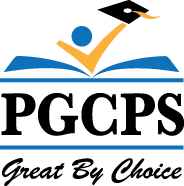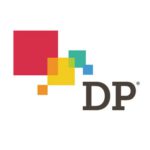
Speak Agent is being implemented in three Maryland counties this school year, each of which hosts one of the nation’s top-50 largest public school districts. Our team is proud to work with our partners to accelerate academic language learning for English language learners (ELLs) and disadvantaged students, both during and after the school day. We now have implementations ranging from grades K through 8 and are currently working to enhance our solution for secondary grade levels.
Following is a brief description of each implementation:
 Anne Arundel County Public Schools (AACPS) implemented Speak Agent in September for all of its elementary ESOL specialists (48 schools) for English language development content in grades K to 2.
Anne Arundel County Public Schools (AACPS) implemented Speak Agent in September for all of its elementary ESOL specialists (48 schools) for English language development content in grades K to 2.
 Excel Beyond the Bell (EBB) is an afterschool partnership among Montgomery County Public Schools (MCPS), the Department of Recreation, and the Montgomery County Collaboration Council. EBB implemented Speak Agent last school year and has renewed for SY2018-19. The afterschool program, which serves disadvantaged students (including many ELLs), will start next week at four MCPS elementary schools, expanding to six schools by the winter session.
Excel Beyond the Bell (EBB) is an afterschool partnership among Montgomery County Public Schools (MCPS), the Department of Recreation, and the Montgomery County Collaboration Council. EBB implemented Speak Agent last school year and has renewed for SY2018-19. The afterschool program, which serves disadvantaged students (including many ELLs), will start next week at four MCPS elementary schools, expanding to six schools by the winter session.
 Prince George’s County Public Schools (PGCPS) will implement Speak Agent this fall with its ELLs enrolled in middle school math courses (Math 6, 7, and 8). ESOL students will use Speak Agent activities to learn the language of math in order to better access key math concepts and academic vocabulary. Many words, for example, have one meaning in social language and another in academic math (expression, mean, odd, power, rational, scale, table, etc.). This makes unpacking key math and other STEM concepts even more challenging for ELLs!
Prince George’s County Public Schools (PGCPS) will implement Speak Agent this fall with its ELLs enrolled in middle school math courses (Math 6, 7, and 8). ESOL students will use Speak Agent activities to learn the language of math in order to better access key math concepts and academic vocabulary. Many words, for example, have one meaning in social language and another in academic math (expression, mean, odd, power, rational, scale, table, etc.). This makes unpacking key math and other STEM concepts even more challenging for ELLs!


